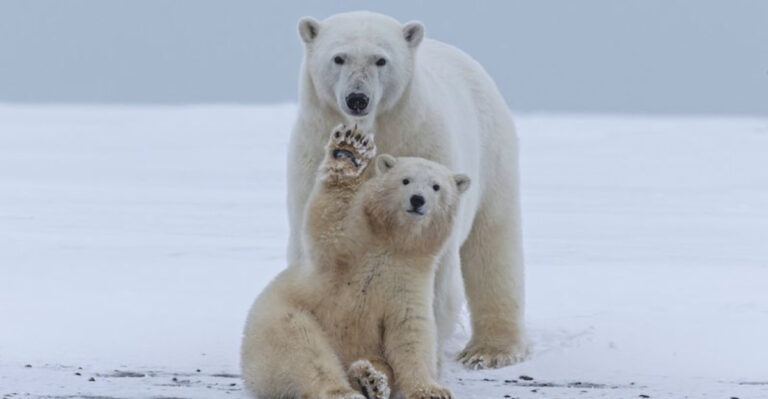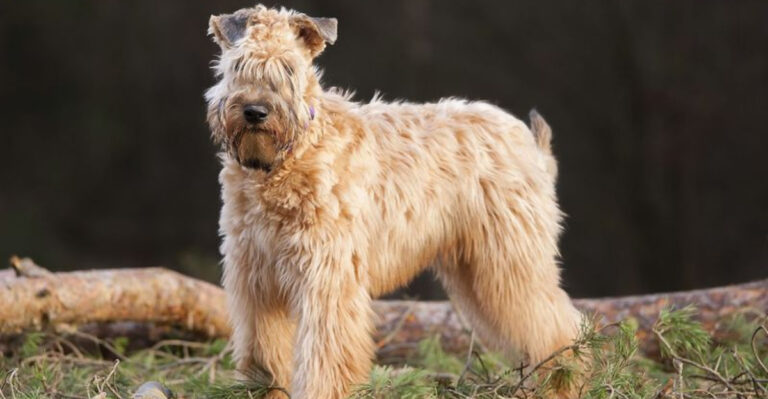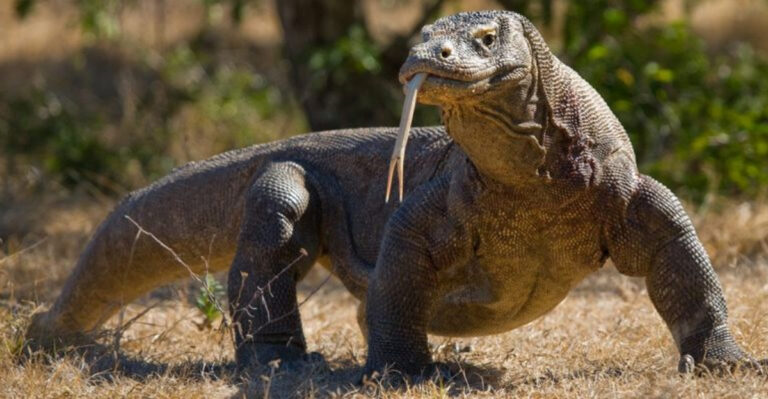12 Quirky Habits Of Australia’s Most Famous Animals

Australia is home to some of the most unique and intriguing animals on the planet. From kangaroos practicing kickboxing to koalas’ relentless napping, each creature has its own delightful eccentricities.
These habits not only define their existence but fascinate anyone lucky enough to observe them in action.
Get ready to explore the whimsical world of Australian wildlife and uncover the quirky routines that make them truly extraordinary.
1. Kangaroo
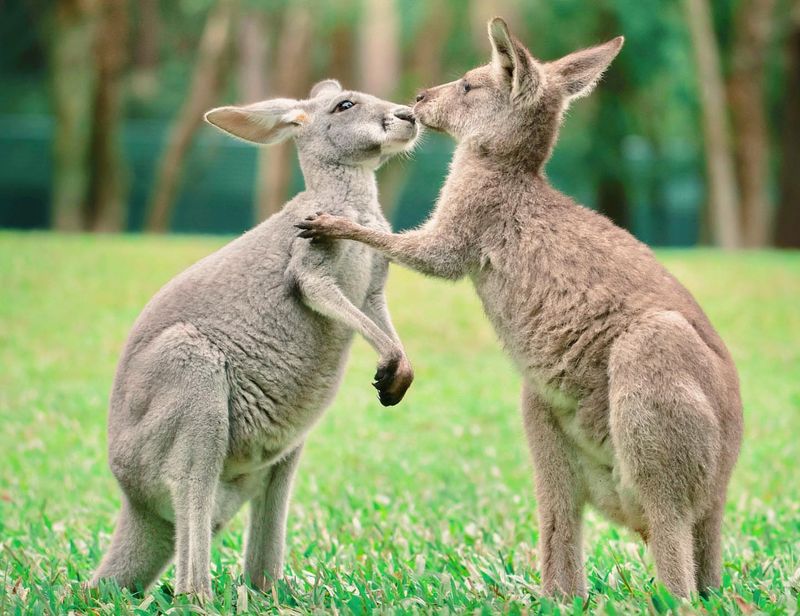
Ever watched a kangaroo box? It’s like a furry Bruce Lee, with hops and kicks that could make any martial artist jealous.
These marsupials engage in playful boxing matches, balancing on their tails and using their legs to spar. It’s both a form of communication and a way to establish dominance within their mob.
Surprisingly, their tail acts as a third leg, offering balance and support during their signature high jumps and rapid maneuvers.
2. Koala
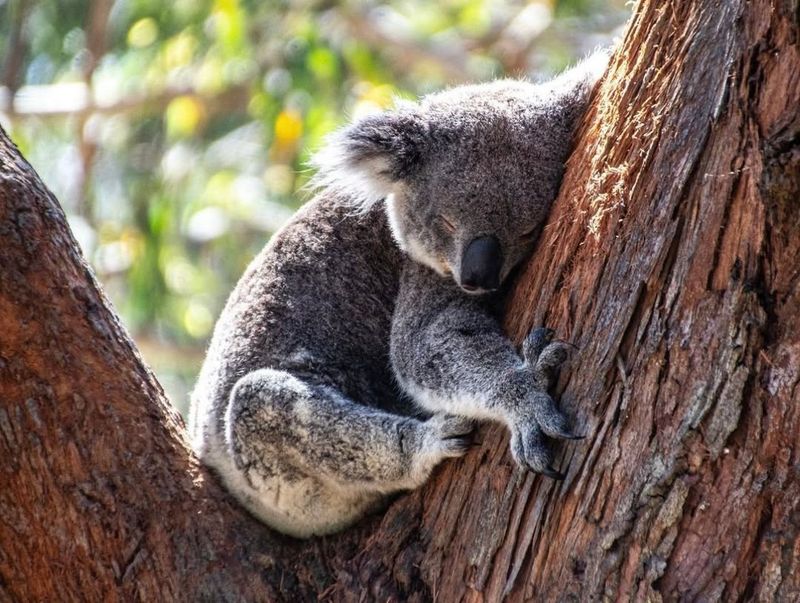
Imagine sleeping for up to 20 hours a day! Koalas are the ultimate nap champions, spending most of their lives snoozing in eucalyptus trees.
Their diet consists solely of eucalyptus leaves, which are low in nutrients and require long digestion time, making extended rest essential. This sleepy lifestyle also helps them conserve energy and avoid predators.
3. Platypus

The platypus, a creature so odd it baffled early scientists, uses its bill to detect electric signals from prey underwater. This unique ability, akin to a sixth sense, helps them hunt effectively in murky waters.
Their bill, resembling a duck’s, is packed with sensors, making them expert foragers. These monotremes, or egg-laying mammals, spend much of their time submerged, searching for insects and small fish.
4. Emu
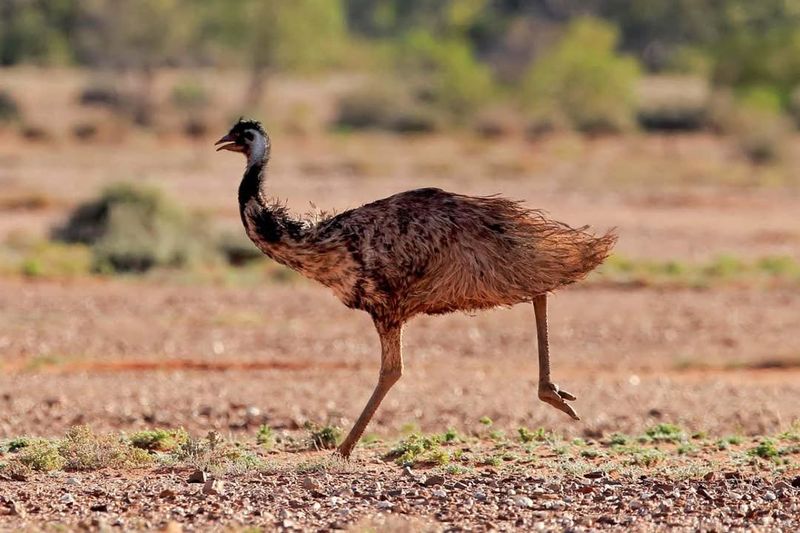
With legs built for speed, emus can run up to 50 kilometers per hour, making them the sprinters of the outback.
These feathered giants have a quirky way of running, often zigzagging to evade predators. Despite their size, they can be surprisingly graceful, darting nimbly through the scrub.
Their small, almost comical wings don’t hinder them; instead, these wings help with balance and sharp turns.
5. Wombat
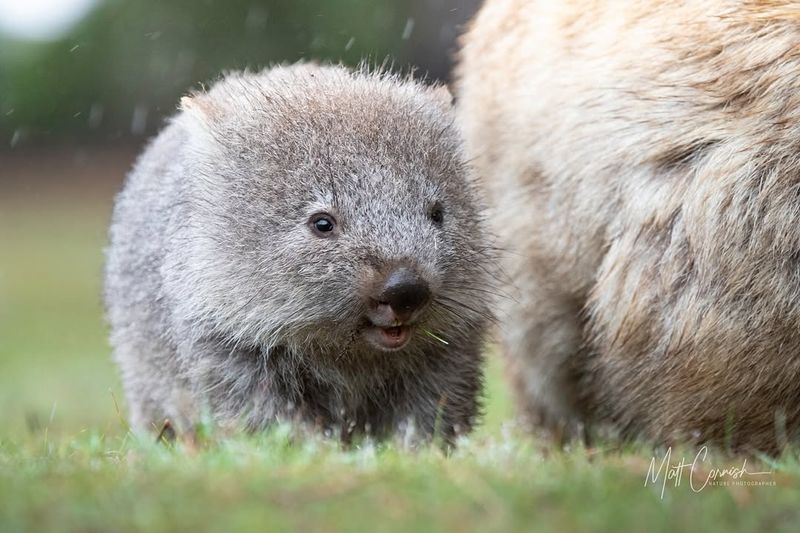
Wombats are nature’s bulldozers, equipped with strong limbs and a thirst for excavation. These marsupials dig extensive burrow systems, sometimes stretching over 20 meters.
Their cube-shaped droppings, used to mark territory, prevent rolling away on the hilly terrain. With a face that seems to smile, wombats are both industrious and irresistibly charming.
6. Cockatoo
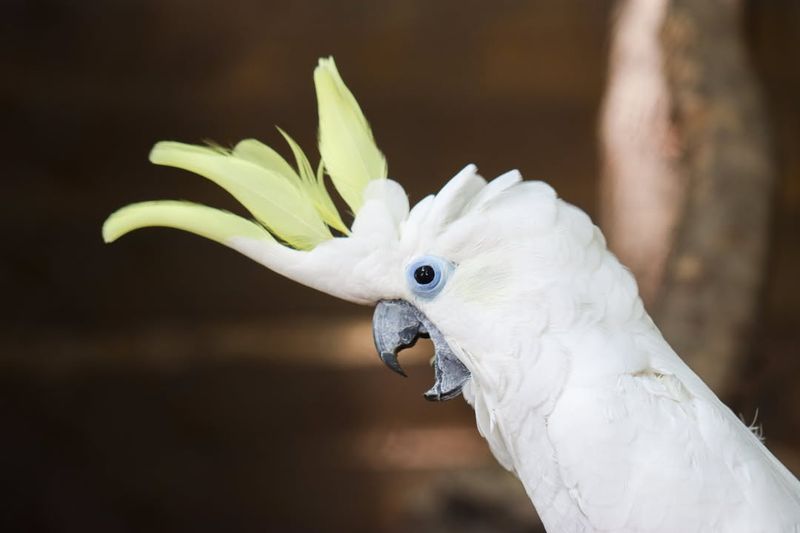
Cockatoos are the comedians of the bird world, known for their playful antics and loud squawks. They love to show off, often mimicking sounds and performing tricks for attention.
These intelligent birds can live over 60 years, developing a strong bond with their human companions. Their vibrant crests, raised when excited, add to their expressive charm.
Whether it’s cracking nuts or breaking into song, cockatoos know how to steal the spotlight.
7. Tasmanian Devil

Don’t let their small size fool you; Tasmanian devils have a growl that’s larger than life. These nocturnal marsupials are infamous for their ferocious screeches, especially during feeding.
They possess one of the strongest bites relative to body size, capable of crushing bones. Despite their fearsome reputation, they are vital scavengers, cleaning up carcasses in the wild.
8. Quokka

Dubbed the ‘world’s happiest animal,’ quokkas are known for their permanent smiles and friendly nature.
Found primarily on Rottnest Island, these small marsupials are incredibly curious and often approach humans. Their cheerful expressions, coupled with the ability to climb trees, make them endearing.
Though photogenic, they are also excellent foragers, using their sharp claws to dig up roots and tubers.
9. Kookaburra
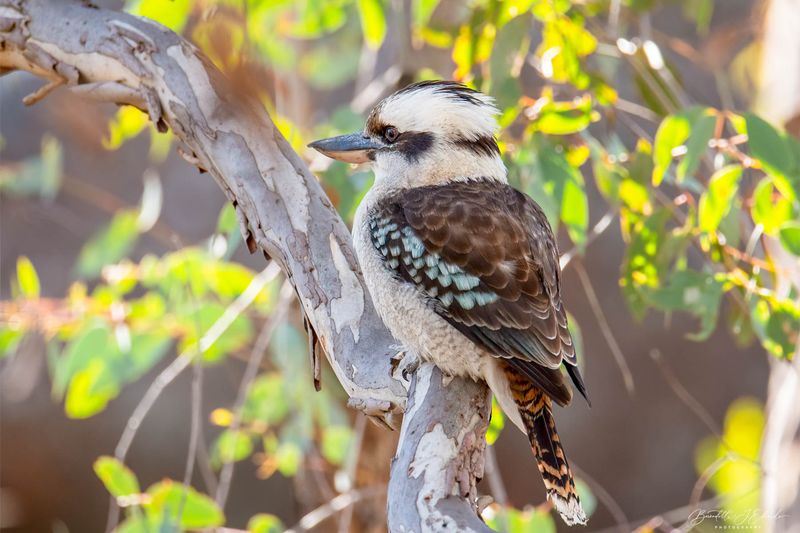
The kookaburra’s laugh is so contagious it sounds like the forest is chuckling. Known as the bushman’s alarm clock, their distinctive calls echo across the outback at dawn and dusk.
These kingfishers hunt by swooping down on prey from above, their sharp eyes catching the slightest movement. With a sturdy beak and a mischievous glint, they are both efficient predators and charismatic performers of the treetops.
10. Echidna
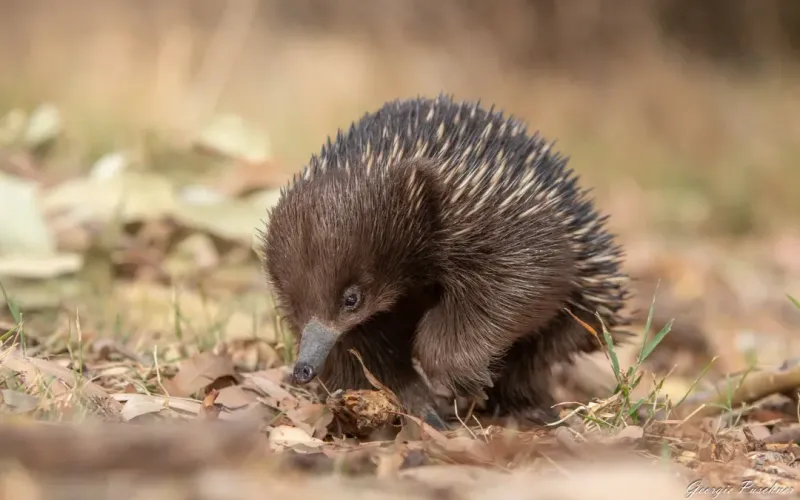
Echidnas are like the porcupine’s quirky cousin, using spines for defense while having a tongue perfect for slurping ants. With electroreceptors in their snouts, they locate prey underground.
When threatened, they curl into a spiky ball, deterring predators. Despite their prickly appearance, these monotremes are shy and gentle.
Their burrowing habits help aerate the soil, contributing positively to the ecosystem.
11. Dingo
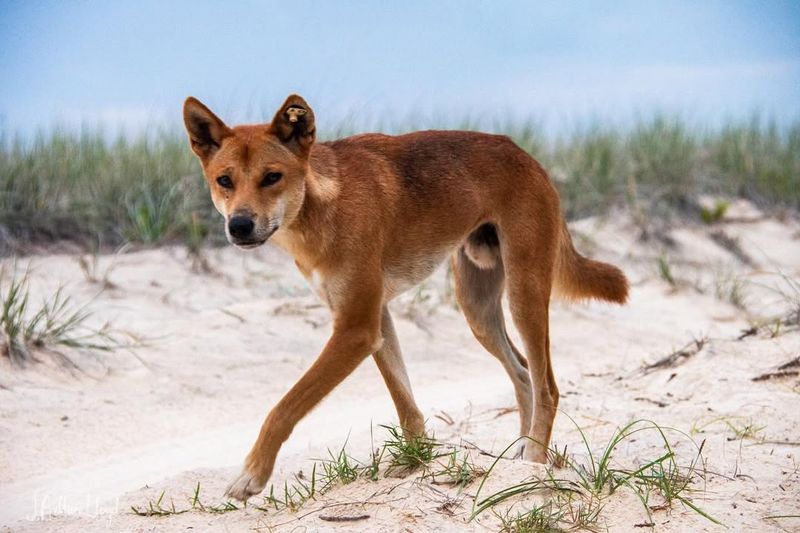
Wild and untamed, dingoes are Australia’s iconic canines, living in the wild with a keen sense of survival.
These intelligent hunters often travel in packs, using strategic teamwork to catch prey. Unlike domestic dogs, dingoes rarely bark, instead communicating through howls.
Their role in the ecosystem is crucial, managing populations of other species.
12. Tree Kangaroo

Imagine a kangaroo that climbs trees! Tree kangaroos defy gravity, with strong limbs adapted for life in the canopy.
Their tails provide balance, aiding their arboreal adventures. Unlike their ground-dwelling cousins, these marsupials leap between branches with ease.
Their unique lifestyle and endearing appearance make them a symbol of the richness of Australia’s wildlife.

